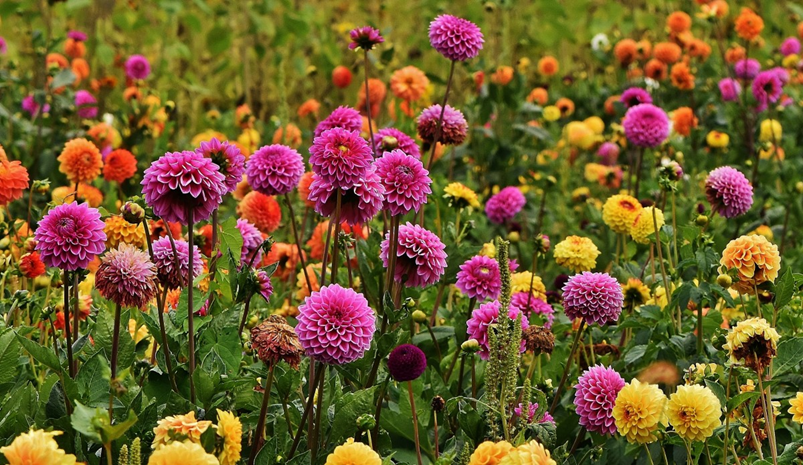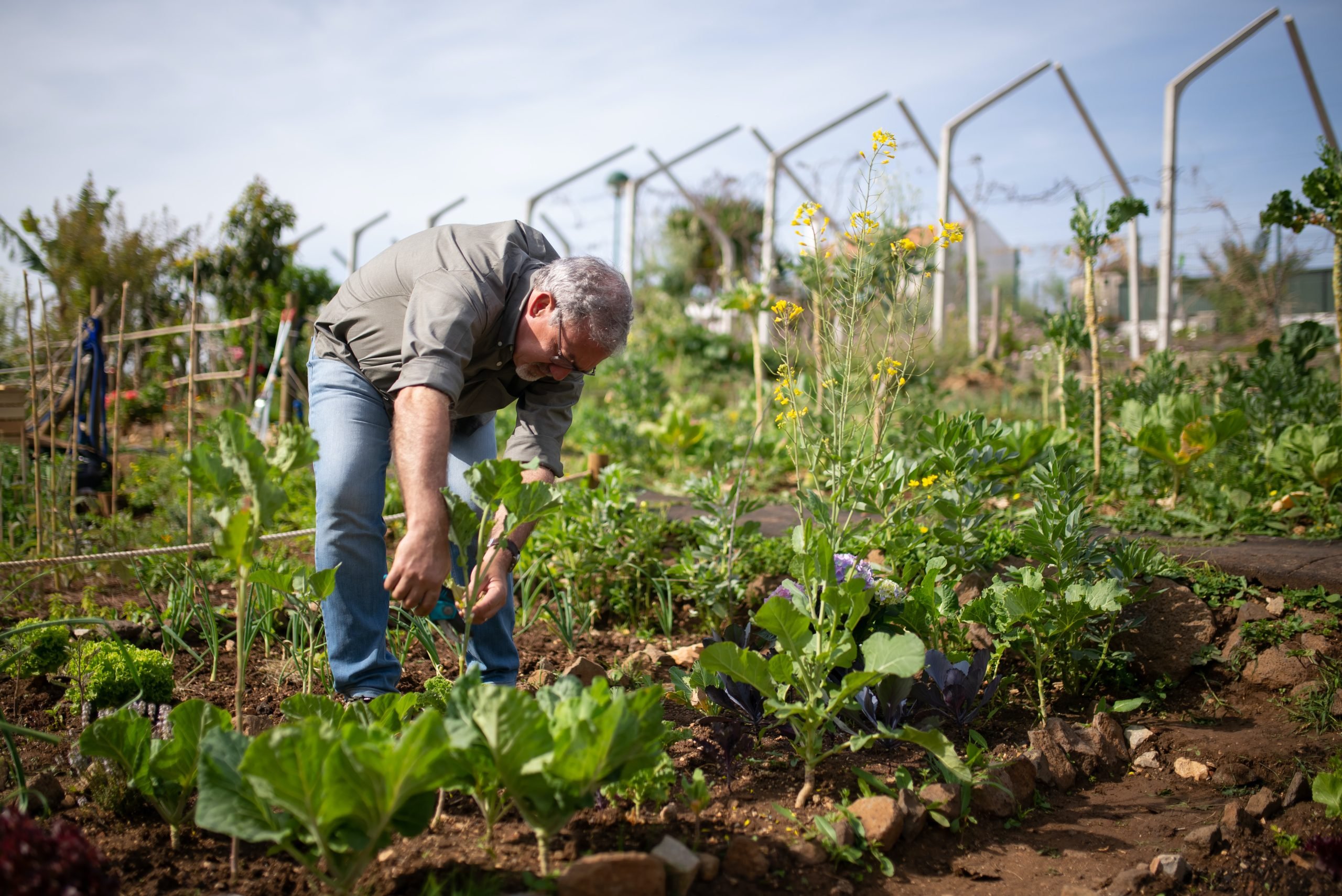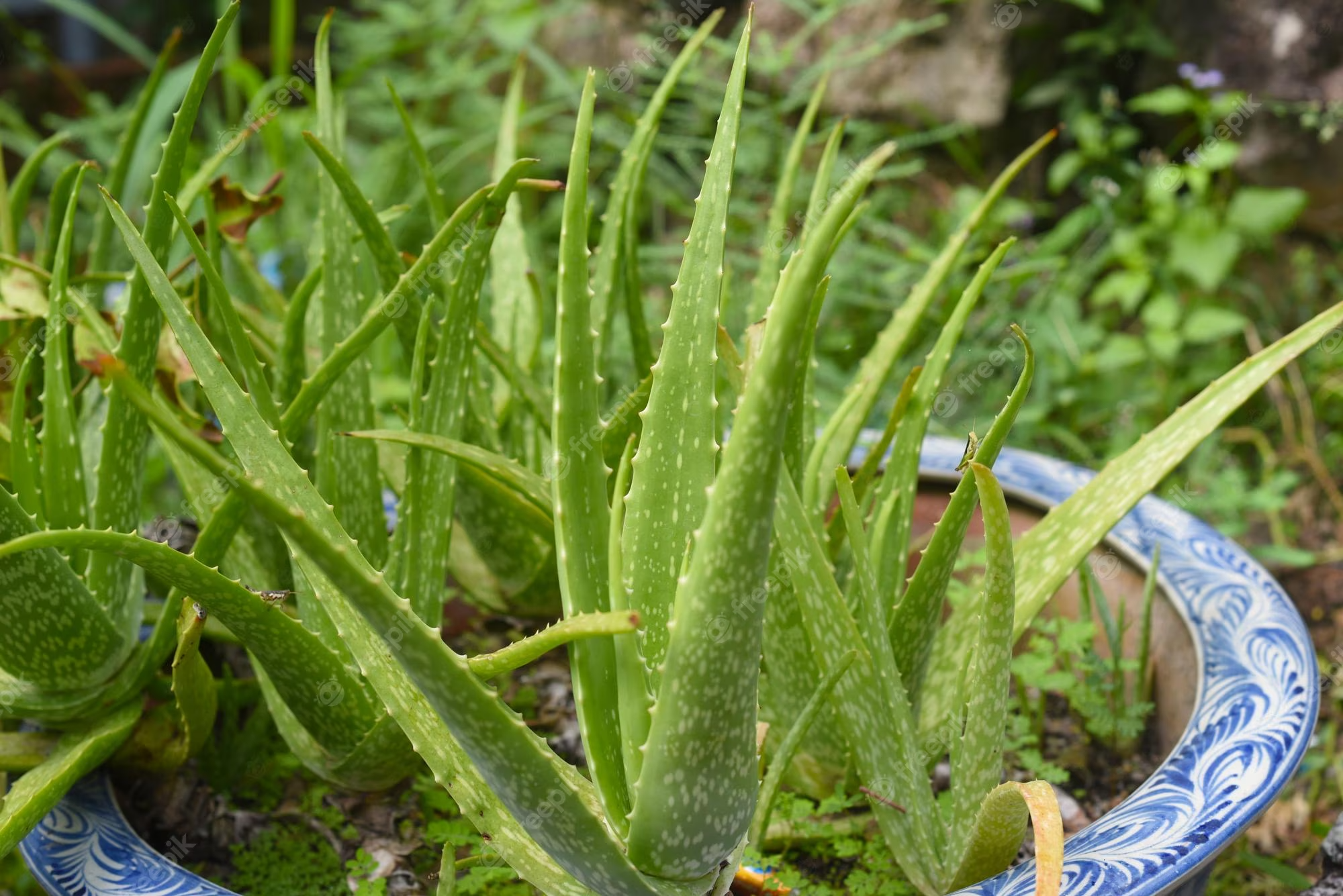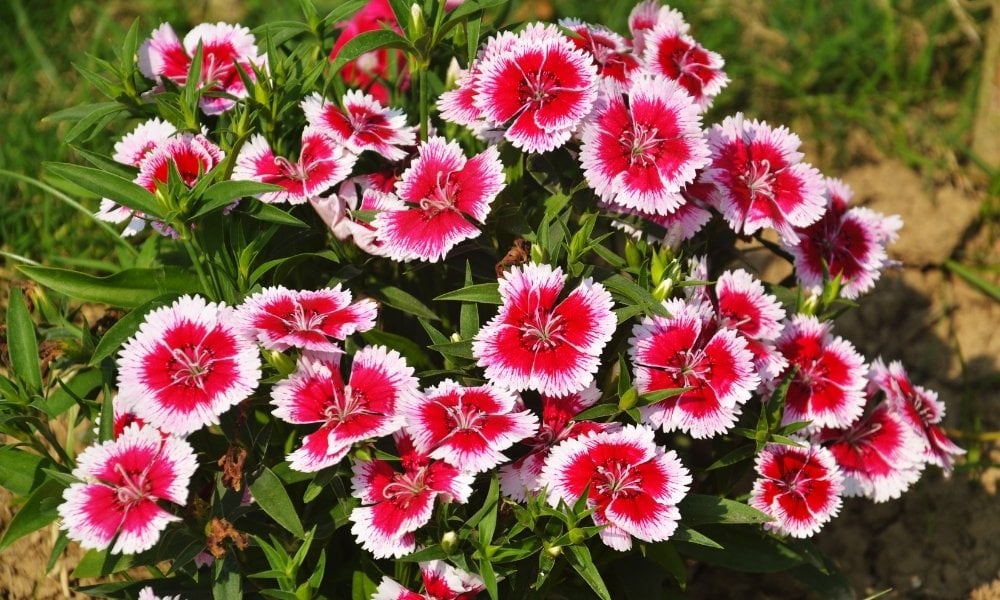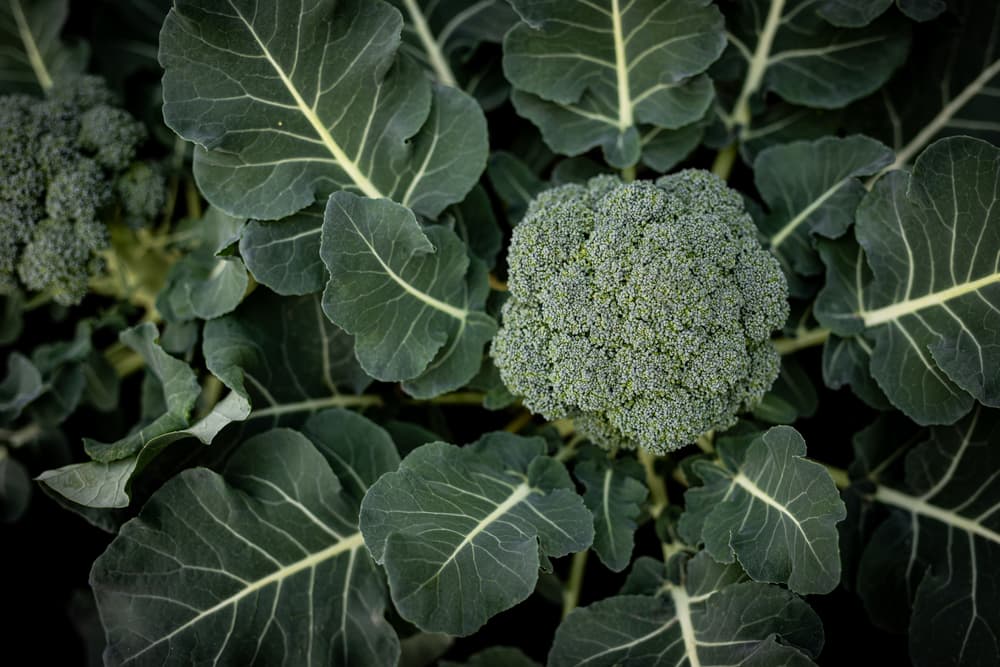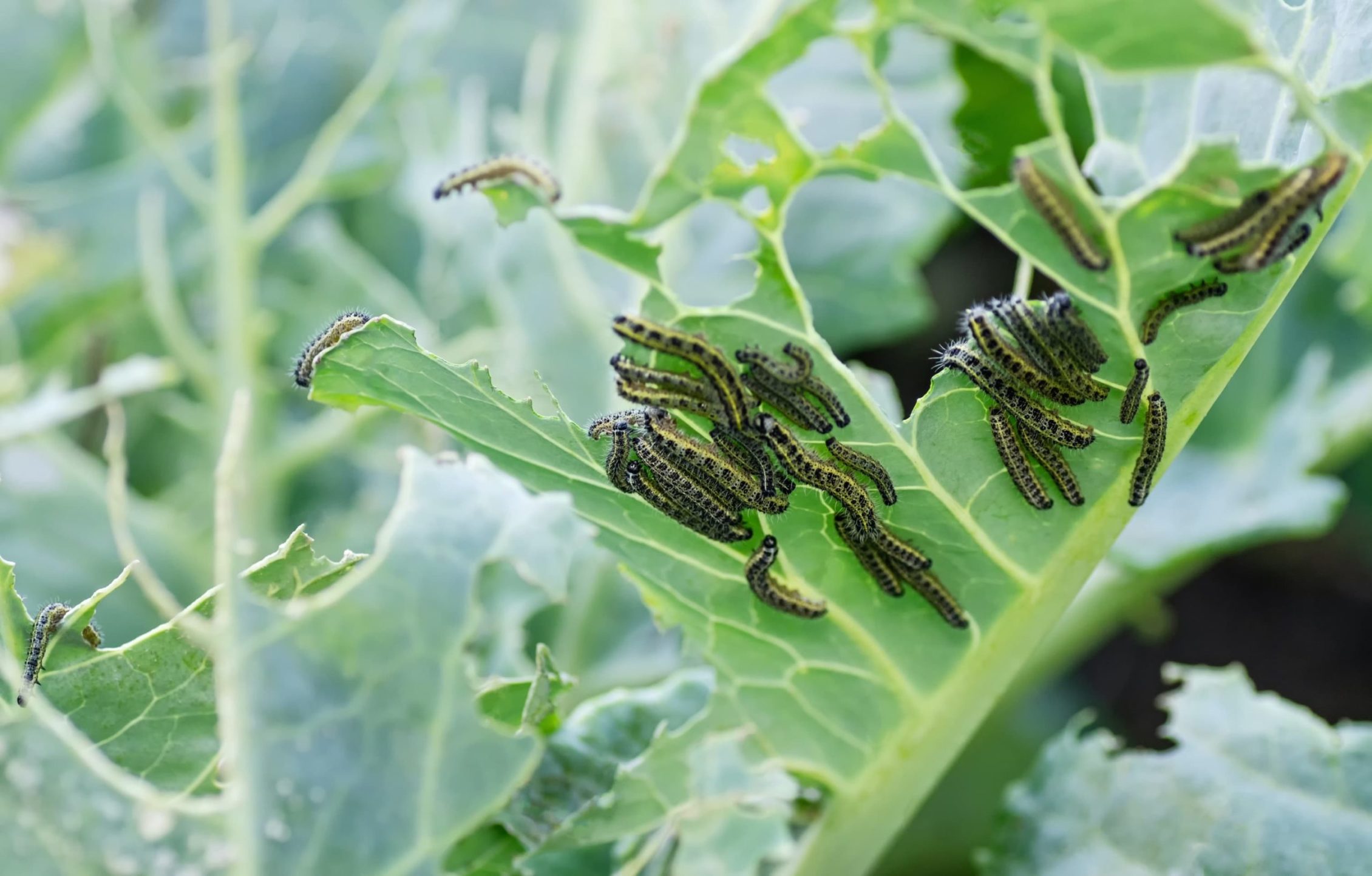How To Grow Hydrangea In Pots or Container: Soil Tips Included
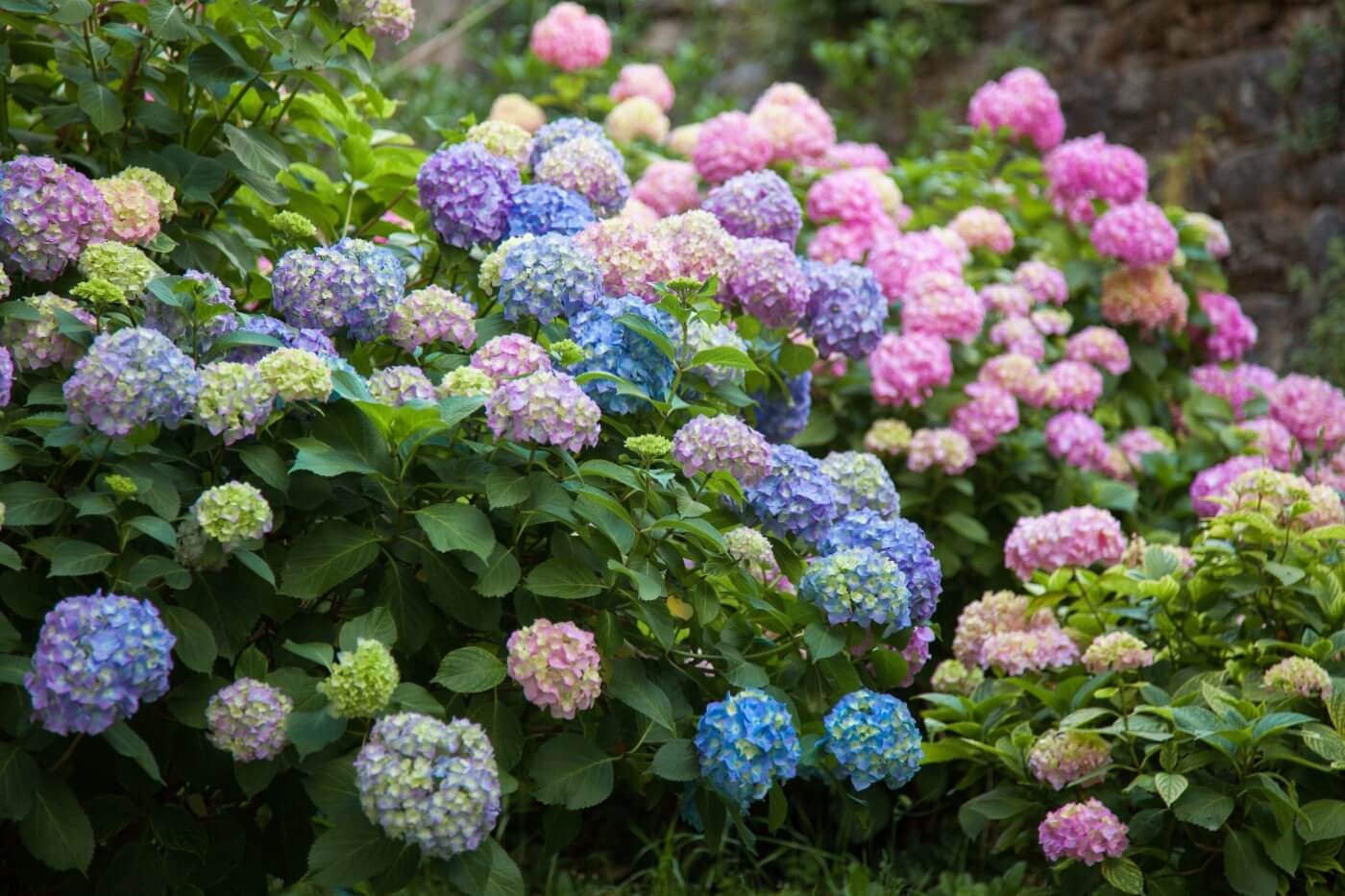
Table of Contents
Are you wondering if Hydrangeas are good potted plants? It is obvious to find yourself stuck with this question, especially when you do not know enough about plants and their history. But do not worry; we have got you covered.
This article contains all the information required to grow hydrangea in a container effortlessly.
The common problem you may come across with hydrangeas is after pleasing your eyes with their stunning appearance for weeks; they tend to lose their charm. It can be because you have kept hydrangeas indoors for too long or placed them in a greenhouse rather than allowing them to flourish in an open area or garden.
But its okay since not many people know how to grow and care for a hydrangea plant and what is the best soil for hydrangeas in pots, so let’s answer all these questions individually.
What Are Hydrangeas?
Hydrangea is a shrub that grows quickly and reaches up to the height of 15 feet in just one summer. Hydrangeas are considered to be perennials that bear flowers throughout summer, starting from spring. The beauty of the hydrangea flowers can create a mesmerizing look in your landscape. It is suggested to do a little research and find what type of hydrangeas are suitable to be grown in a pot. Of course, certain factors like climatic conditions also play a major role in their growth.
Now, let’s look at some of the varieties of Hydrangeas that can be grown in a pot-
1. Hydrangea Quercifolia ‘Pee Wee’
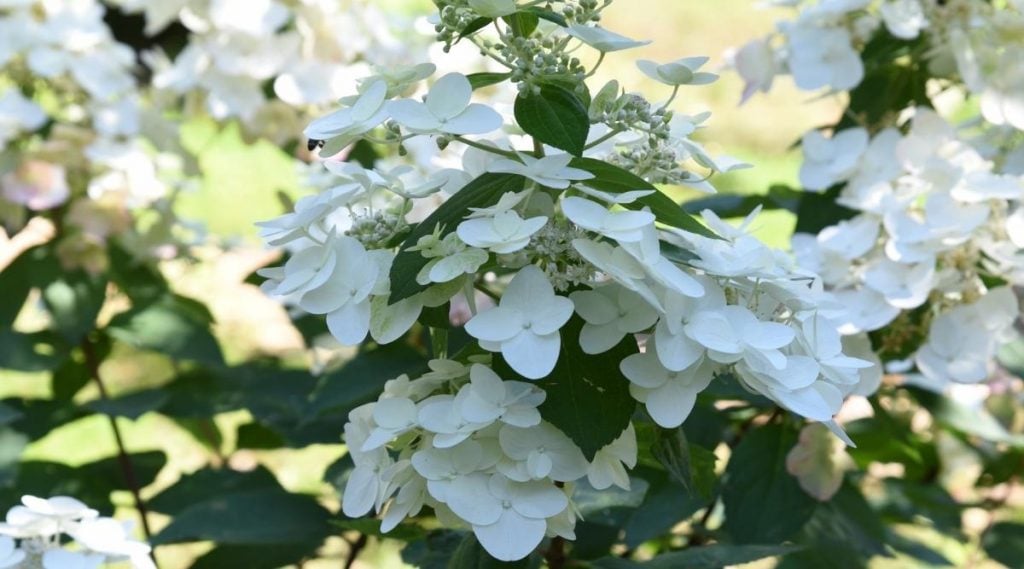
This beautiful variation of Hydrangea blooms white flowers in spring that turn to pink in fall. The shape of the leaves of this variety of hydrangea is oak leaf foliage which grows to 4 feet long and three feet wide.
2. Hydrangea Macrophylla ‘Mini Penny’
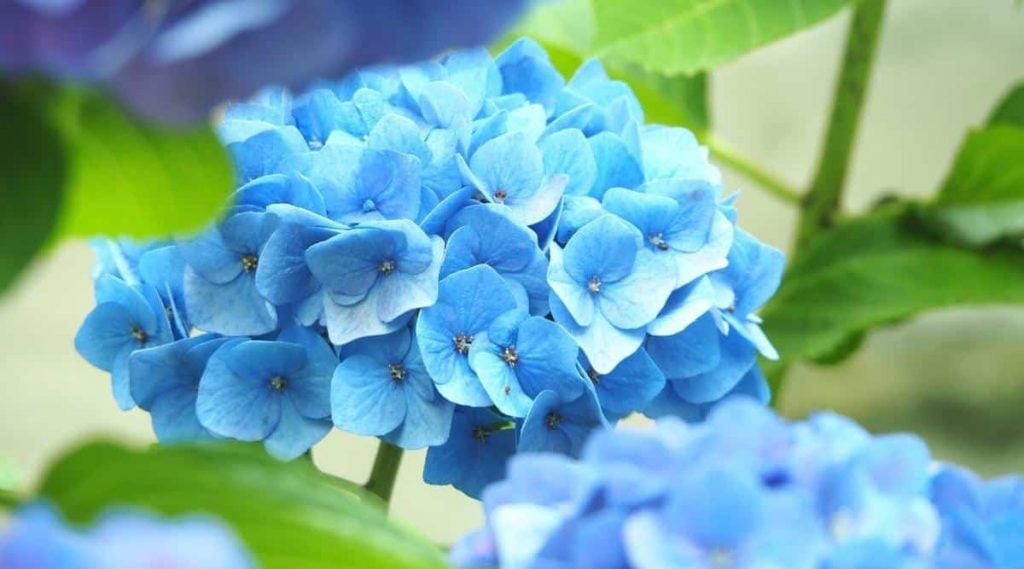
This variation of hydrangea grows in summer before the frost hits it. It blooms slower, and its dimensions are four feet high and wide. Mini Penny bears blue flowers in an acidic solid while its flowers turn pink in sweet soil.
3. Hydrangea Paniculata ‘bobo’
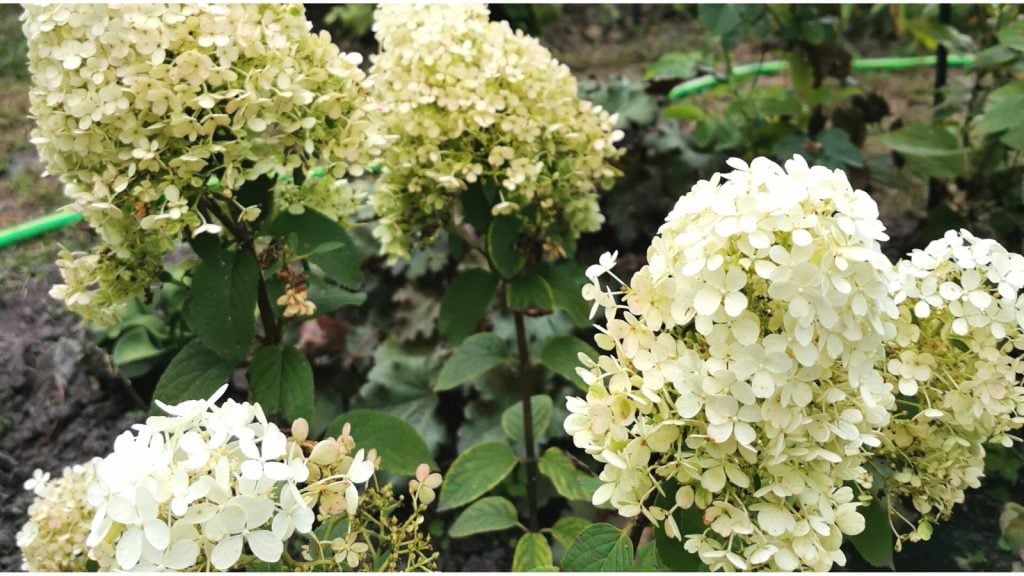
The flowers of the Bobo hydrangea look similar to that of the lilac. Though it grows at a comparatively lower speed than other hydrangea variations but still ranges up to 4 feet high and wide. It bears big white flowers and turns into pink colour when fall comes. It gets mature in two years, considering its compact demeanour.
Choose Between: Annual vs Perennial
Before you plant the hydrangea in containers, you must decide between the annual or perennial hydrangea you wish to grow. Unfortunately, some people mistake treating perennial hydrangea like an annual one. That is why you should choose between annual and perennial depending on your climatic conditions.
Annual
If you plan to plant an annual hydrangea, you can create a situation where you do not have to take care of the season change. Even in winter, you do not have to give any special consideration to the hydrangea plant or worry about breaking the container due to frost.
Perennial
Treating the hydrangeas as perennials is not a cakewalk. You need the best soil for hydrangea in pots and the type of container in which you place hydrangea; all of these must be handled when dealing with perennial hydrangea. Also, if you use ceramic containers, they may get broken after coming in contact with the frost.
How To Grow Hydrangea In Containers
1. Best time to plant Hydrangeas
The best season to plant hydrangea shrubs is in fall, followed by spring. Remember to plant hydrangea in the morning or early afternoon to avoid excess heat pressure. So it is suggested to plant hydrangea in cool climatic conditions to expect a perfect bloom.
2. Where to Plant Hydrangeas
The crucial step for healthy hydrangea growth is to know where to plant it. Many people prefer to grow hydrangea near their beds to keep them away from direct exposure to sunlight. Therefore, it is suggested to keep the plants under shelter. Also, high-speed winds can damage the leaves and rip off the flowers. Sometimes growing Hydrangea near a tree can lead to competition for water and other nutrients, so keep in mind to avoid that.
3. Best Soil for Hydrangeas in Pots
You must have grown up listening and reading about the role of organic nutrient-rich soil in plant growth, so the same applies to hydrangeas. Hydrangeas in pots require organic and moist soil, but waterlogging should be completely avoided. Good drainage is required where the ground doesn’t become soggy and leads the roots to rot, ultimately leading to the death of the hydrangea plant. Also, make sure you put plenty of compost to improve the soil quality.
4. How to Plant Hydrangeas
Dig a 2 feet wide hole to prevent your plant from facing the issue of drainage. This will ensure that your plant will sit properly at a little higher level than the surroundings. If you create a mound, this will help your plant to prevent the extra water from draining into its roots.
5. How to Cultivate Hydrangea Properly
The best time to develop some varieties of Hydrangeas like bigleaf and panicle is early to mid-summer through layering. An interesting fact to know is this simple layering method can help propagate many Hydrangeas from one. Layering is very easy as all you have to do is:
- Dig a hole near the base of your plant.
- Bend the branch of your Hydrangea plant in such a way that the middle part of it touches the soil of the trench that you have dug.
- Now you can cover the trench with a stone or brick from the top.
- After some time, you will observe the branch of the Hydrangea plant you dug in the trench will slowly form its root system and transplant to a new location.
If you wish to transplant manually, you can remove the young plant you dug in the soil trench. The shoots of this young plant originated from an oakleaf hydrangea.
Hydrangea Care Tips
1. Hydrangeas need ample water to grow properly. If you need your plant to bear flowers and bloom through the season, but the rainfall the plants receives is less than an inch, then you will have to provide them with water. It will help in facilitating their growth and bear flowers.
2. To encourage the growth of the hydrangea plant, you must follow the pattern of watering the roots at least three times a week. Also, don’t let the water drain into the origins, as the Hydrangea encounter root rot if you allow the water to stand around it.
3. The correct way to fertilize your hydrangea is by putting manure or compost around the base of the plant. But you must remember that you do not overfeed the Hydrangea plant with fertilizers if you keep them in a container permanently. And let’s say you continue to feed them with fertilizer; then the hydrangea may develop a new plant from the base, making it vulnerable to frostbite.
4. The only type of pruning required for Hydrangeas in the container is deadheading. You do not have to go overboard with the pruning as all you have to do is chip off some branches from here and there that are damaged by frostbite to give your Hydrangea proper shape in its blooming season.
5. If you feel or notice that the Hydrangea in the container looks sick or diseased, you do not need to panic. Instead, you can keep it in a larger pot or transplant it into your garden. But make sure that you do not cover the base of your plant so that there is enough room for your plant to grow and the roots to breathe.
5. And lastly, to prevent your Hydrangea from pests. Although Hydrangea is not prone to pests, leaf spots, blight, wilt, and powdery mildew can sometimes appear on Hydrangea. The best way to fight these pests is to care for your Hydrangea in the container properly.
Is Growing Hydrangea Tough?
All in all, we can say that growing and taking care of a Hydrangea plant in a container is not a cakewalk. But with the correct methods and strategies, you can learn how to grow hydrangeas in containers. Furthermore, it requires minimum maintenance as compared to other potted plants.
So, if you wish to add beauty to your garden landscape by adding some blooming hydrangeas, you can consider hydrangeas and their varieties.
But, if you are a naive gardener, you are expected not to have enough knowledge of the best soil for hydrangea in pots, the watering required for optimal growth, the type of fertilizer needed and the suitable climatic condition to catalyze change.
However, we hope this article helped you gain enough knowledge and prepared you well for your gardening journey.
Frequently Asked Questions
When Do Hydrangeas Bloom?
The type of hydrangea you choose to plant and the location you decide for its transplantation are some factors that dictate the hydrangea’s blooming. However, hydrangea’s growth gets stunted in the hot summers and resumes blooming when the fall also approaches one of the inevitable facts about hydrangea’s bloom.
Can You Grow Hydrangeas in Containers?
Some of the varieties of hydrangeas are suitable to be grown in containers. It doesn’t matter if you do not have a large pot or a gigantic garden. You can also enjoy a perfect hydrangea bloom in a container with proper growing and maintaining tips. Also, ensure that the container you choose is non-porous to avoid holding excess water.
Can Hydrangeas Grow in Shade?
Considering the fact hydrangeas need proper sunlight to achieve optimal growth. But it depends on the type of hydrangea you choose to plant. For example, north hydrangeas need 6 hours of sunlight, but south hydrangeas can even survive by receiving 3 hours of direct sunlight.

